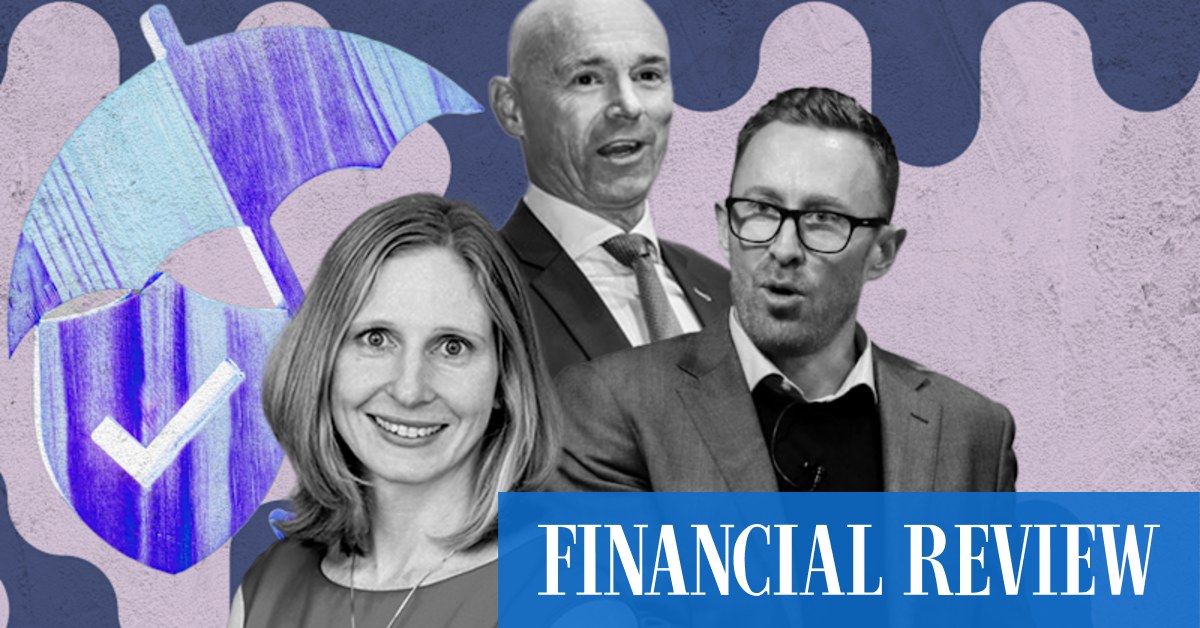Summary
A financial adviser exodus and rising total and permanent disability insurance premiums mean fewer people have cover.
Source: Australian Financial Review

AI News Q&A (Free Content)
Q1: What are Total and Permanent Disability (TPD) insurance and its significance in the insurance industry?
A1: Total and Permanent Disability (TPD) insurance is a type of coverage that provides financial protection to individuals who are unable to work due to a severe disability. This insurance is crucial because it compensates for the loss of income resulting from an inability to perform any job for which the insured is qualified by training, education, or experience. It is often included in life insurance packages or worker's compensation insurance, ensuring financial stability for those who suffer from long-term disabilities.
Q2: How have insurance premium trends evolved in recent years, particularly in relation to high claim exposures?
A2: Recent studies on insurance premium trends indicate that insurers with high claim exposures tend to set higher premiums. This is part of a strategic approach to manage financial risks and maintain profitability. Conversely, competitors might set competitive or fixed premiums to stay viable in the market. The dynamics between high premiums and claims highlight the self-interest and utility differences in general insurance markets, as insurers aim to maximize profits while policyholders seek affordable coverage.
Q3: What are some of the challenges faced by consumers due to rising TPD insurance premiums?
A3: With TPD insurance premiums reaching nearly $2000 annually, many consumers find such coverage unaffordable. This financial burden leads to fewer individuals opting for TPD insurance, leaving them vulnerable to income loss in the event of a permanent disability. Additionally, the financial adviser exodus and increasing premiums contribute to a reduction in the number of people covered, exacerbating the financial insecurity associated with disabilities.
Q4: What innovative models are emerging to address premium affordability and risk management in insurance?
A4: Innovative models like the Shapley mutual insurance principle have been developed to ensure fair premium distribution and maintain high indemnity levels. For example, in cyber insurance for smart homes, novel frameworks aim to keep premiums and deductibles affordable while ensuring profitability for insurers. These models incorporate smart technology for risk assessment and distribution, thereby addressing affordability and enhancing risk management strategies.
Q5: How does the concept of a mutual insurance model contribute to the sustainability of insurance schemes?
A5: The mutual insurance model, exemplified by recent cyber insurance strategies, promotes sustainability by sharing monetary losses among policyholders. This model is particularly effective in managing cyber risks in power systems, where the Shapley premium design offers a balance between affordability and high indemnity levels. By distributing risks and costs more equitably, mutual insurance models help maintain the financial health of insurance schemes and encourage wider participation.
Q6: What are the implications of high insurance premiums on market equilibrium and consumer behavior?
A6: High insurance premiums can significantly affect market equilibrium by influencing both insurer strategies and consumer behavior. Insurers may prioritize premium setting to maximize profit margins, while consumers may seek alternatives or forego coverage altogether due to cost constraints. This dynamic can result in a market where only those willing to pay higher premiums remain insured, potentially destabilizing the market equilibrium and leading to increased financial vulnerability for uninsured individuals.
Q7: How does the insurance industry address the balance between risk management and premium affordability?
A7: The insurance industry strives to balance risk management with premium affordability through strategic premium pricing and innovative risk assessment models. By employing advanced risk modeling techniques and exploring mutual insurance principles, insurers can offer competitive premiums while managing their risk exposure effectively. These strategies not only ensure the sustainability of insurance products but also enhance consumer accessibility and trust in insurance offerings.
References:
- Total permanent disability insurance
- Modeling trading games in a stochastic non-life insurance market
- Smart Home Cyber Insurance Pricing



